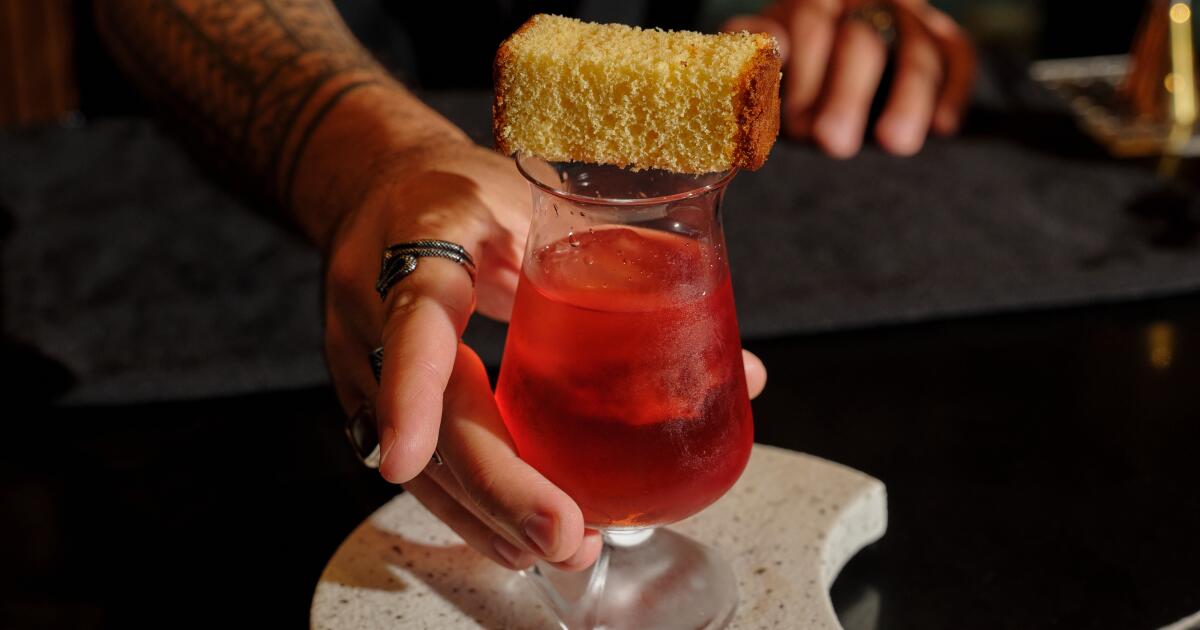Where to eat dinner on New Year’s Eve and New Year’s Day brunch
Chef Zachary Pollack is ringing in the New Year right with a variety of dinner options at his new Santa Monica spot, Cosetta. Choose from three seatings, including an early, all-ages a la carte option; a low-key, four-course menu from 6 to 7:30 p.m. for $75; and a five-course Capodanno feast with Champagne and caviar from 8-11 p.m. for $120 per person. On New Year’s Day, the restaurant will transform into “Aloha, Cosetta,” an all-day Hawaiian BBQ celebration from 12 to 7 p.m., featuring dishes such as coconut shrimp, risotto Spam musubi, macadamia-chile pork ribs and tiki-style cocktails. With three price tiers, the top CHIEFTAIN tickets ($100) include tomahawk steaks, lobsters and a 24-ounce mai tai in a keepsake mug. Book New Year’s Eve on the website, and New Year’s Day via Resy.
